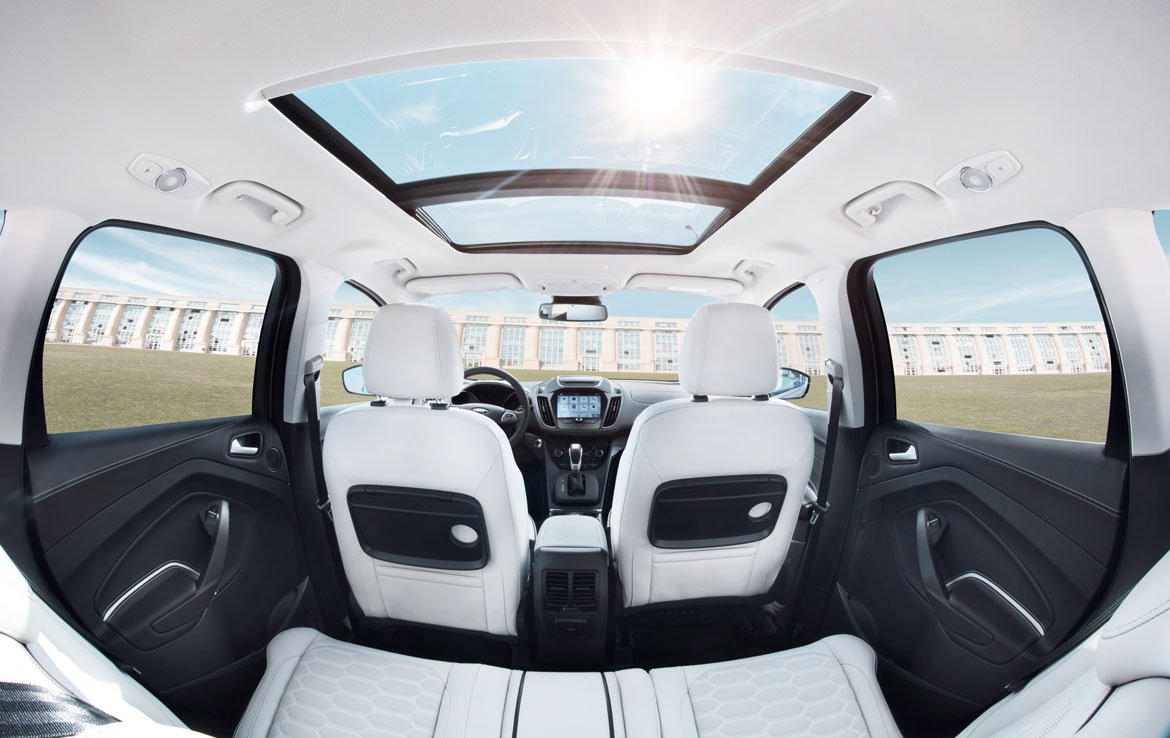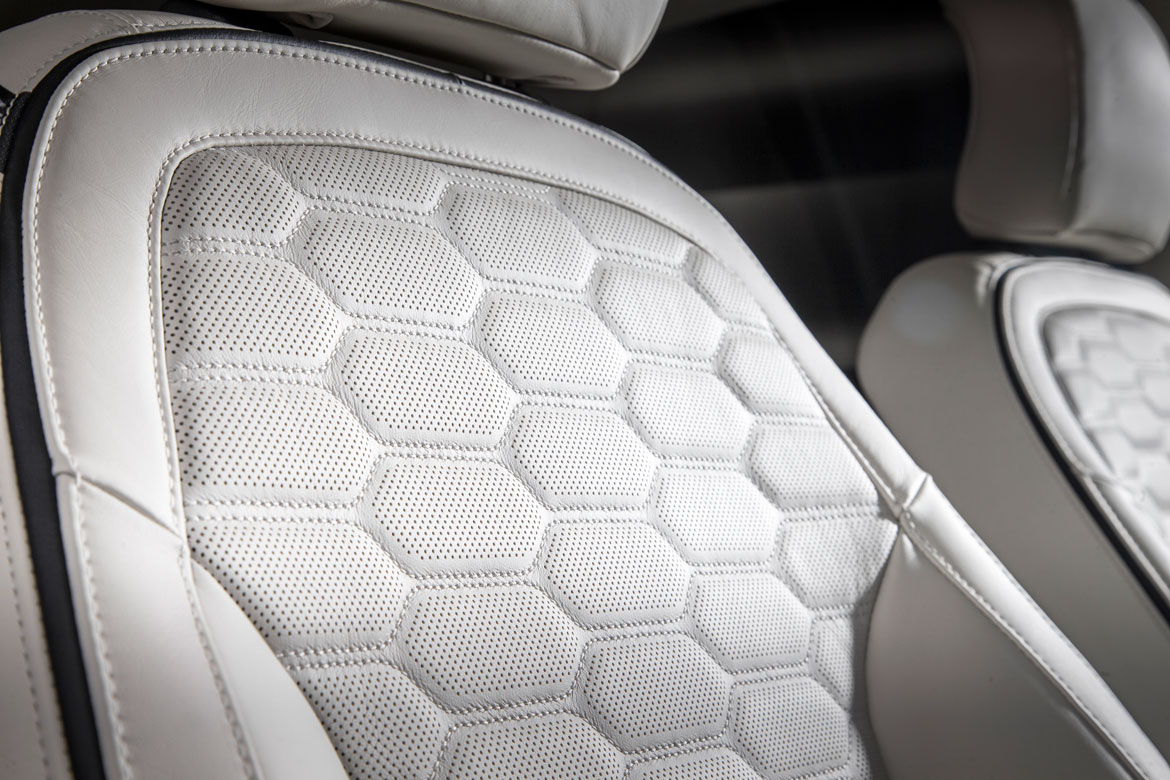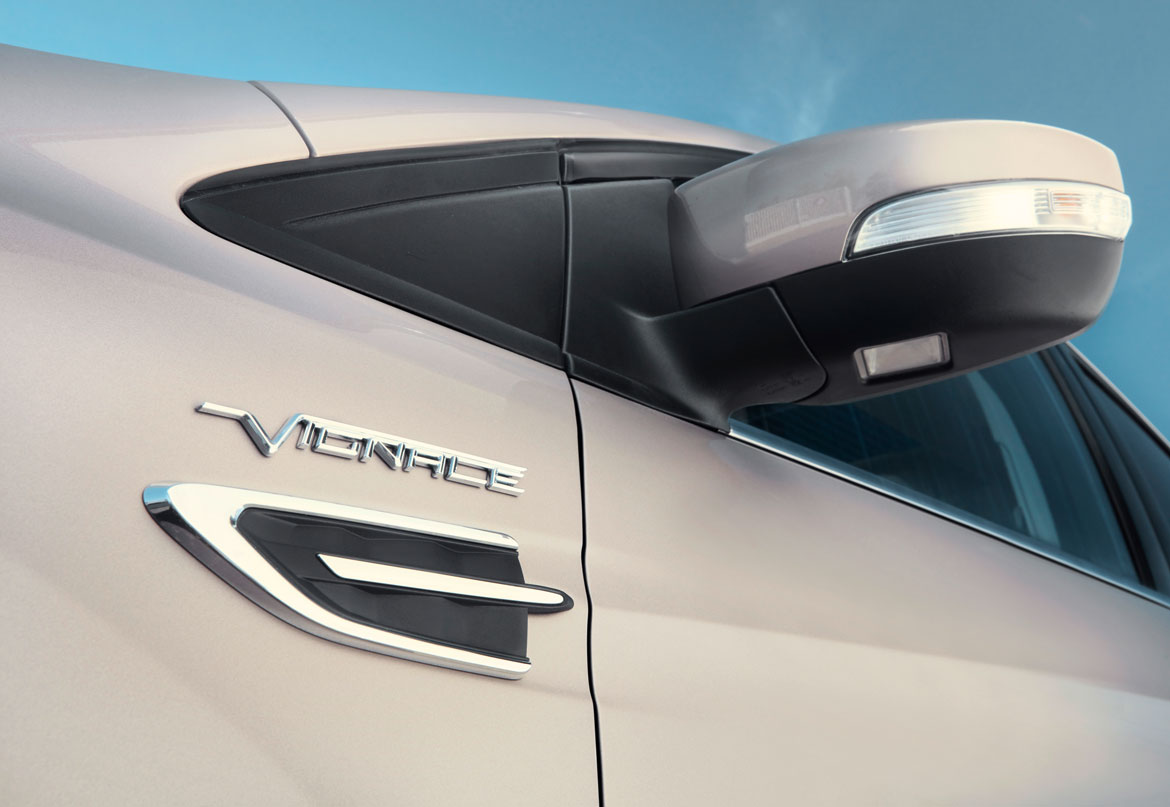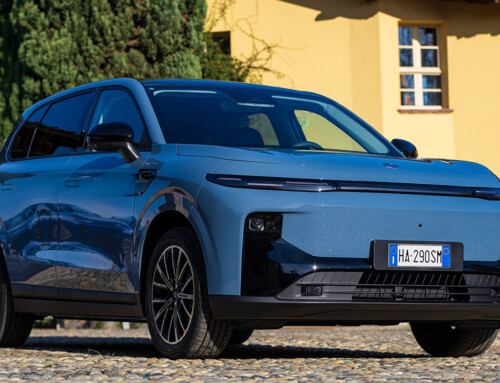Vignale is an important name for car enthusiasts: Alfredo Vignale was the creator of wonderful car bodies before the war, and he founded his own company in 1946, skilfully crafting bodies for some of Italy’s most popular car models until being bought out by Ghia in 1969. And when Ford acquired the company, it gave the Ghia name to its top of the range versions. However, over the years, it lost some of its sparkle, and was eventually replaced by the more up-to-date “Titanium” outfit. Vignale then went one step higher, and after the Mondeo and the S-Max it was extended to the new Kuga and Edge, in other words the key SUV segment, which is expected to account for a 5 million vehicles by 2020, growing faster than premium segment C and D models.
The styling makes the two new Vignale versions immediately recognisable: “The designers removed the model name, only leaving the word Vignale on the tailgate and on the sides, with period lettering,” stated Claudio Messale, Exterior Chief Designer for Ford Europe. The most distinctive element is the hexagonal front, “with the hexagon theme framed by chrome mouldings, and the traditional sporty matt black honeycomb grille.” Chroming and aluminium details embellish the surfaces, and even the area under the doors is now colour-coded with the body: the large wheels and considerable ground clearance do not affect the unity of the whole, and in fact the cars almost appear more compact, even the Edge, which is 4.80 metres long.
The interior is also striking, upholstered with black or light coloured fine grain leather with contrasting overstitching, and the hexagon “signature” decorates the seats; the upper part of the facia, the door panels and the cover of the heated steering wheel are all upholstered in leather, while other elements are faithful to the original model, with the most consistent design and treatment of materials in the Edge.
















